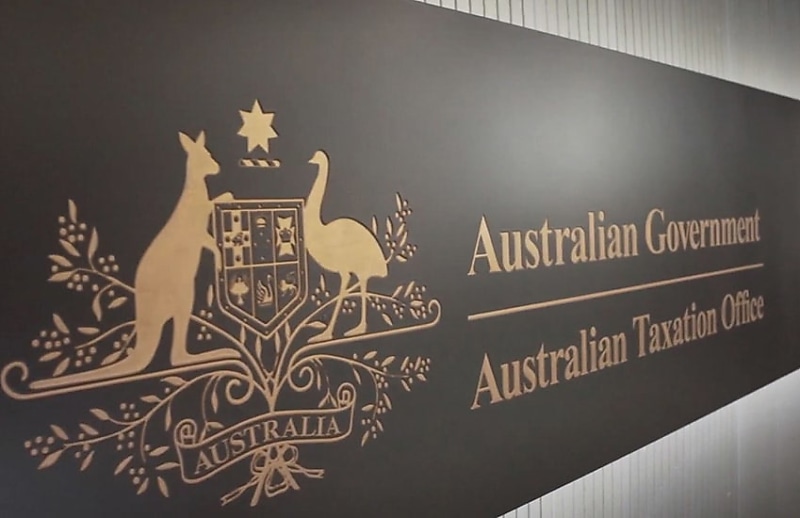Accounting bodies and tax professionals have responded favourably to the ATO’s final s100A ruling, welcoming greater clarity.
The guidance was developed to support trustees and their accountants according to ATO deputy commissioner Louise Clarke, and the initial reaction from the industry was that it had achieved its goal.
“The ATO’s finalised guidance materials on section 100A are a significant improvement from the draft materials that were released in February,” said Robyn Jacobson, senior advocate at the Tax Institute.
“They provide clearer and more comprehensive guidance on the interpretation of section 100A and the ATO’s compliance approach.”
However, she was concerned by the use of the term “ordinary” in the ruling.
“Section 100A contains an exception for an arrangement entered in the course of ‘ordinary commercial or family dealing’. Ordinary is an unhelpful term,” said Ms Jacobson.
“Everyone’s understanding of what is ordinary differs for a range of factors including cultural, familial and personal influences and experiences.”
“This term in section 100A needs to be replaced with a more suitable term following consultation with the broader tax community.”
CPA Australia’s senior manager of tax policy Elinor Kasapidis said accountants now had to ensure their practices followed the determination.
“We are pleased the ATO has finalised its guidance on s100A,” she said. “Practitioners should ensure they are aware of the guidance and take steps to ensure their practices are in-line with what is required.”
“The ATO wants to ensure beneficiaries are getting the benefit of the distribution, where there is uncertainty practitioners may wish to encourage their clients to seek specialist advice or speak to a lawyer.”
CA ANZ tax leader Michael Croker said the goal of the guidance was to better understand when, why, and how trust funds were applied towards family or business objectives, instead of being paid to the beneficiary.
“The ATO has developed a colour-coded range of risk scenarios — green being the zone safe from ATO scrutiny and red meaning you could be in strife if the ATO investigates,” he said.
“For some family and small business discretionary trusts, it’ll be like having the ATO at the kitchen table, wanting to understand whether the allocation of trust funds attracts an anti-avoidance measure called s100A in the income tax law.”
IPA general manager of technical policy Tony Greco said should follow the guidance to avoid ATO compliance activity and being unaware of it was not an option.
“The success story is that given all the publicity around s100A, this once obscure little understood anti-avoidance provision has been given so much sunlight that everyone in the profession who assist clients around trust distributions is now aware of the s100A implications particularly if the beneficiary does not enjoy the benefit of the distribution,” said Mr Greco.
“Any practitioner undertaking tax planning advice particularly around distributions from a family trust is on notice to take heed of the current advice and try to stay in the PCG green zone if they wish to swim within the flags to avoid ATO compliance activity.”
The National Tax and Accountants Association was glad the ATO had softened its approach regarding the retrospective application of the guidelines and taken into account the feedback provided.
“It is pleasing that the ATO has embraced feedback provided during the consultation process and made adjustments to its compliance approach,” said spokesman and senior tax manager at the NTAA Andrew Gardiner.
“We appreciate that s100A is a very complex provision to administer. We are therefore pleased with the ATO’s shift to recognise more practical family trust arrangements in these finalised guidelines.”
The tax office also reassured the community that it would not be retrospectively changing its view of how the law operated and would stand by its previous guidance for arrangements entered between 1 July 2014 and 30 June 2022.
It said s100A would only apply within four years of a trustee lodging their tax return in most cases and it would not review arrangements prior to 1 July 2014 unless it was an exceptional circumstance.

 Login
Login







